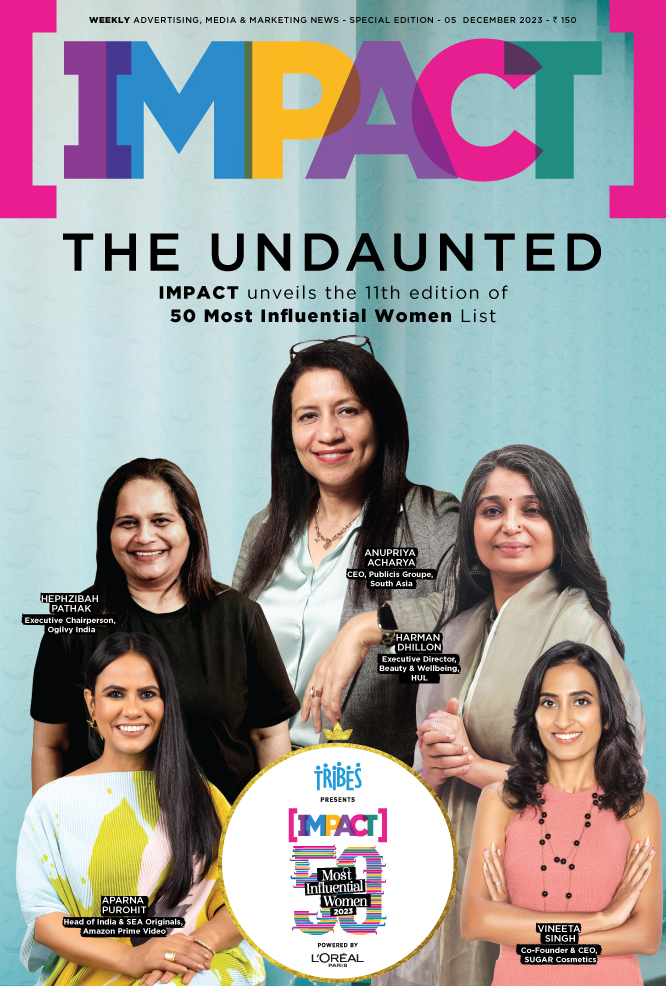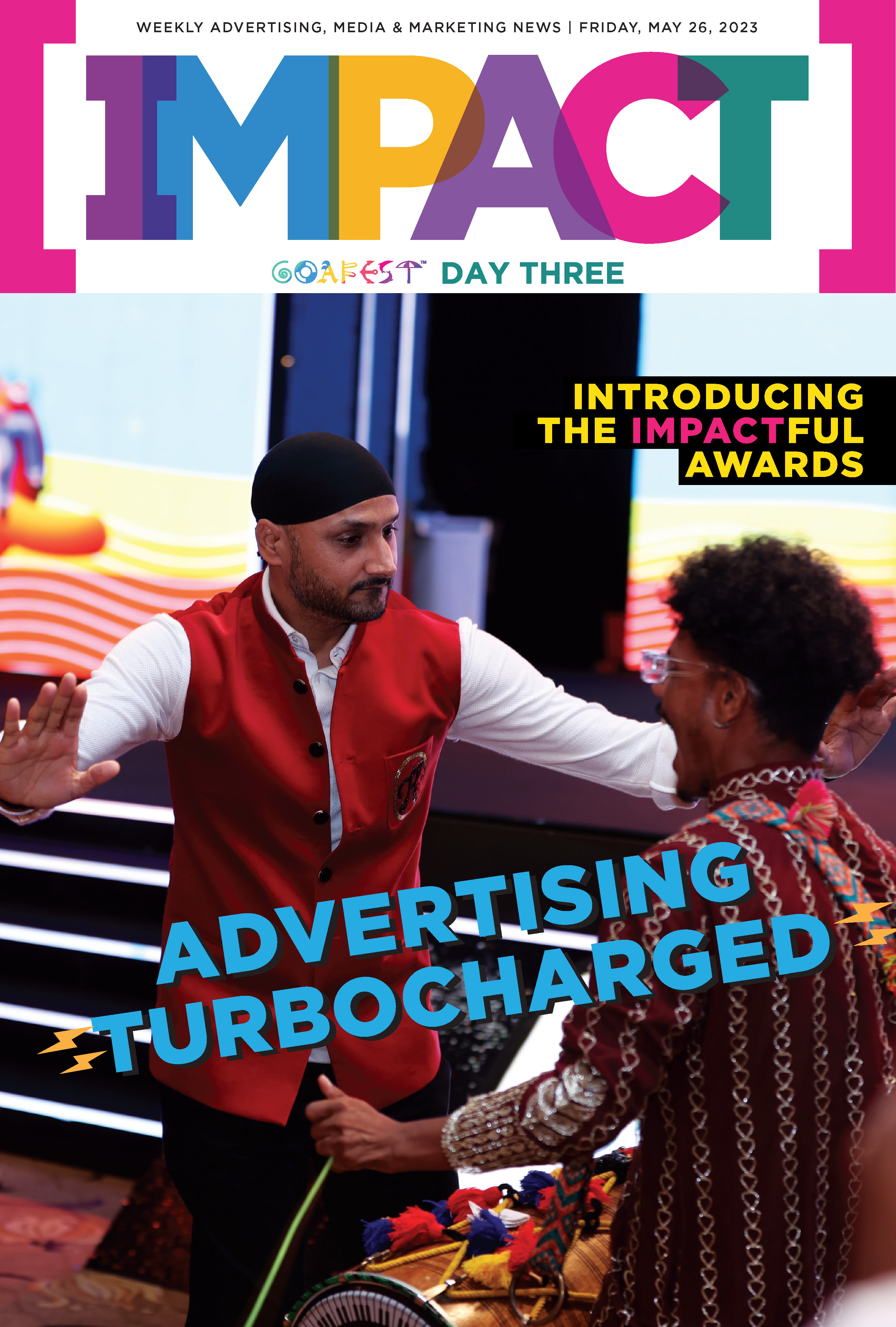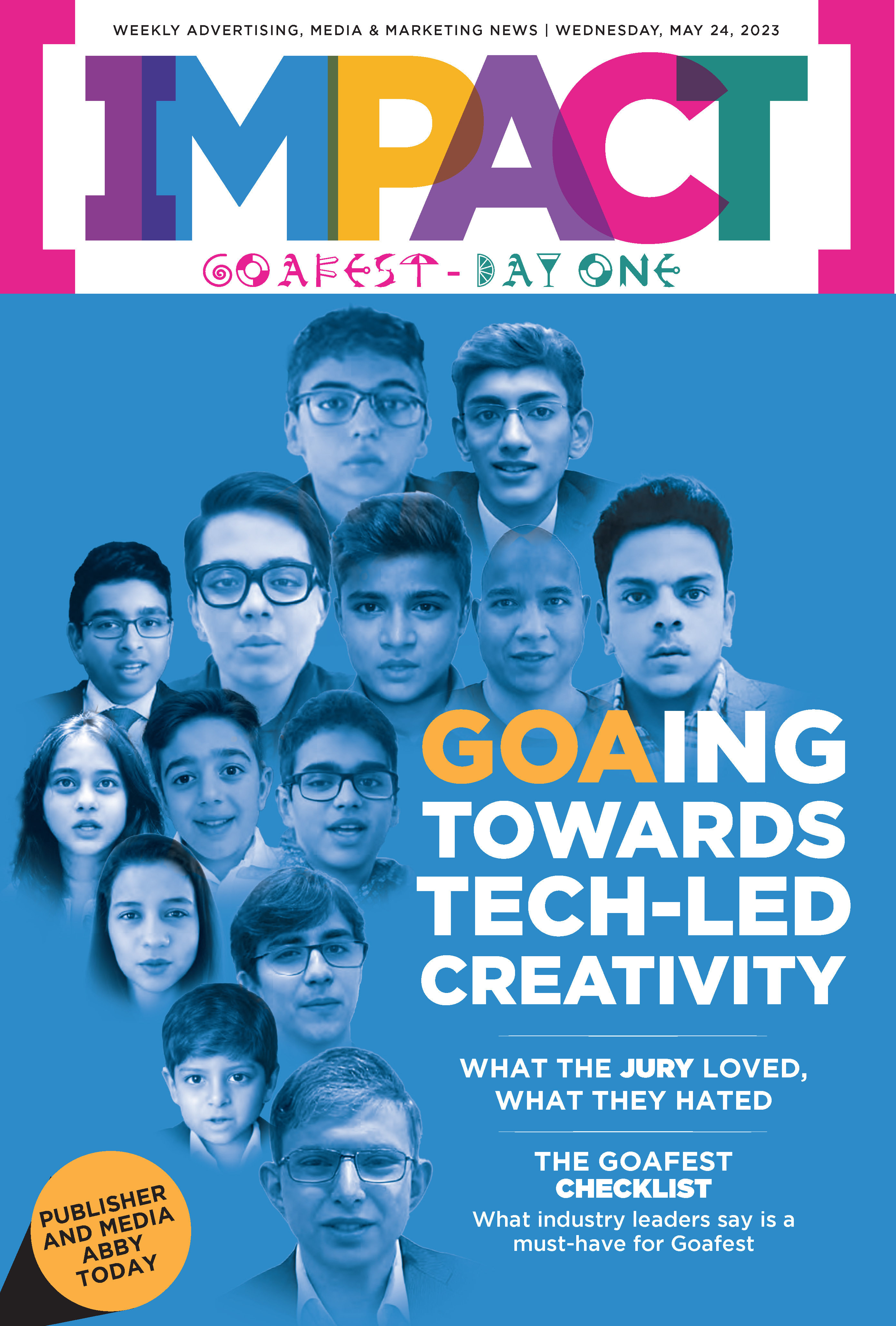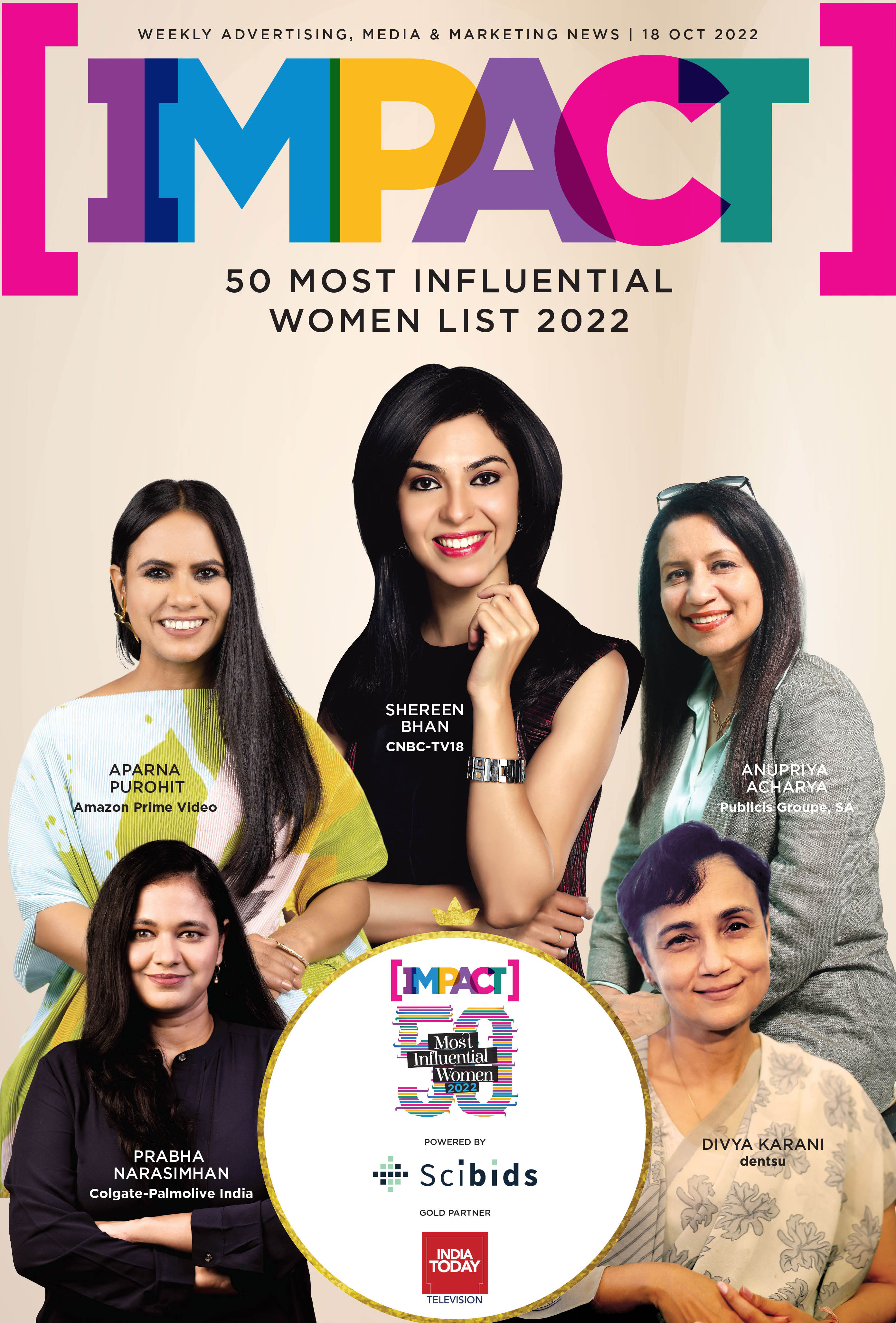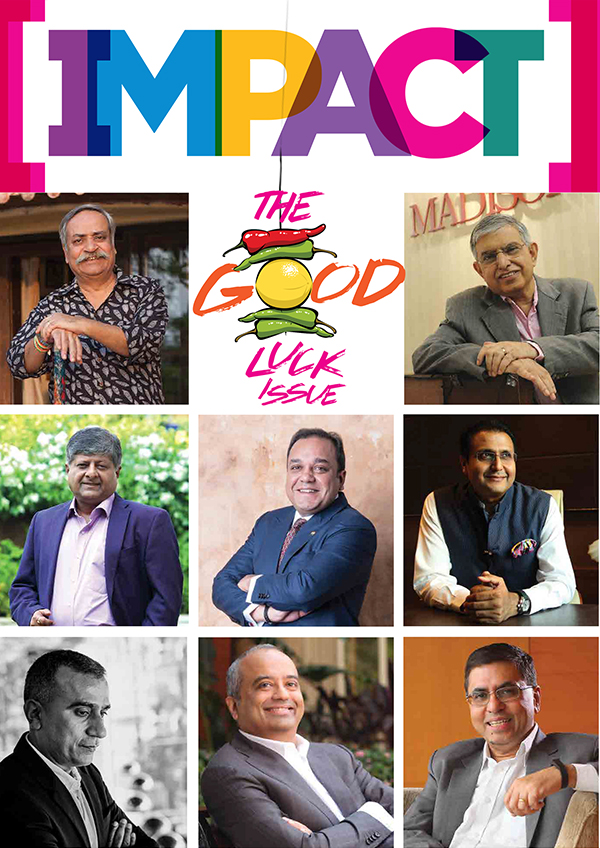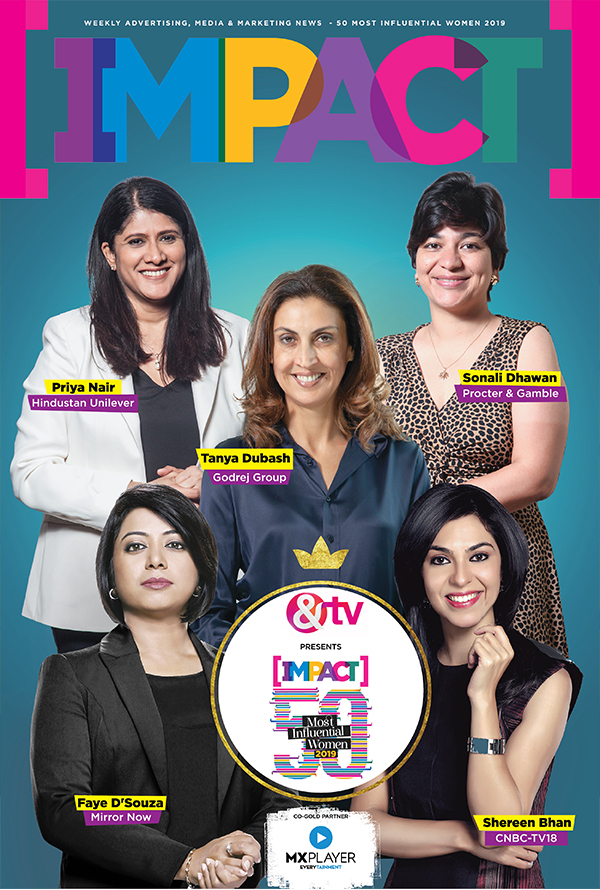India’s pDOOH advertising ecosystem is entering its most exciting phase yet—the programmatic era. What began as static billboards has now evolved into dynamic, data-led digital screens, and the next leap is how these screens are planned, bought, and optimized in real time.
With brands becoming more mature and data-conscious, the focus today is on transparency, accountability, and measurable outcomes. Programmatic Digital Out-of-Home (pDOOH) answers this call, making every impression addressable and impactful.
From Intuition to Intelligence
For years, OOH planning was driven by instincts such as picking the busiest roads, the flashiest junctions, or the biggest sites. But in today’s attention economy, visibility without engagement is just noise. High footfall no longer guarantees impact. The real question now is not where your ad stands, but who it speaks to, when, and how attentively.
With programmatic DOOH, that shift is finally happening. According to Broadsign, pDOOH uses data analytics to provide detailed insights into campaign performance, including audience engagement and effectiveness. More than just impressions, pDOOH allows advertisers to trigger buys based on external data, time of day, weather, real-time audience presence, or contextual signals—ensuring that the message is not only placed, but placed appropriately.
In India, we’re moving from guesswork and gut-feel to guaranteed visibility with actionable metrics. This is the intelligence layer that transforms OOH into a strategic medium.
Bringing Transparency to the Forefront
One of the most significant contributions of pDOOH is the transparency it brings to the ecosystem. Historically, brands had limited visibility into delivery metrics—they could see where their creatives went up, but not who engaged with them.
With programmatic systems, impressions, dwell time, and engagement metrics are now measurable. Advertisers can track audience exposure and even connect it to digital actions like app installs or store visits. This level of granularity allows marketers to optimize mid-campaign rather than waiting for post-campaign reports.
Audience-Led Buying: The New Standard
The core power of programmatic DOOH lies in audience-led buying. Instead of buying a location, brands buy audience moments. Whether it’s a commuter stuck in evening traffic, a shopper in a mall, or a traveler at the airport, ads can be served dynamically based on audience clusters and contextual relevance.
At DGTHOOL, this is more than a concept; it’s our core capability. Our platform integrates cutting-edge technology, location intelligence, and audience analytics to enable advertisers to reach the right audience at the right time with the right message. Every impression is optimized for impact, turning each screen into a moment of connection.
India’s OOH market is already gearing up for this transformation. With DOOH screens expanding across metros and Tier-I cities—and tech platforms bringing automation into buying—the momentum is clear. As data-driven planning becomes mainstream, pDOOH will stand as the bridge between the physical and digital worlds.
The future of DOOH is programmatic, and it’s unfolding worldwide. As more markets make this shift, we’re not just transforming how outdoor advertising is bought and sold—we’re redefining how brands truly connect with audiences in the physical world. This is more than evolution; it’s a revolution, and the opportunities it unlocks for engagement and impact have never been greater.













